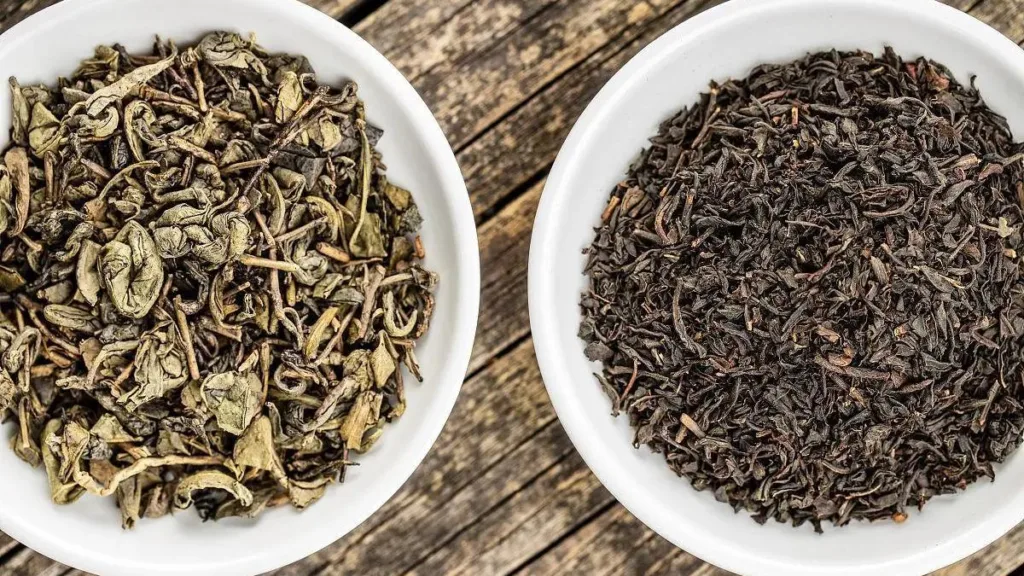Tea, deeply ingrained in Chinese culture, is not only a beverage but also a remedy with various health benefits. For adults, the choice of tea is often guided by personal preferences and health goals. However, when it comes to children, the selection process becomes more delicate, considering their developing bodies and specific needs. In this exploration, we will delve into the world of ideal Chinese teas for kids, understanding what suits their tender age and promotes overall well-being.
- Chrysanthemum Tea and Honeysuckle Tea:
- Chrysanthemum tea, known for its soothing properties, and honeysuckle tea, with its delicate floral notes, are excellent choices for children. These teas are mild, pleasant, and often enjoyed for their calming effects. Additionally, they can aid in alleviating symptoms associated with colds, fevers, and sore throats.
- Green Tea:
- Green tea, renowned for its rich antioxidants and potential health benefits, is a suitable option for children. However, it’s crucial to choose a mild and low-caffeine green tea variant. Green tea can contribute to hydration, boost the immune system, and introduce kids to the world of traditional Chinese teas without overwhelming their palate.
- Qiyao Vine Tea:
- Qiyao Vine Tea is recommended for children dealing with increased stress levels. This tea is known for its potential to improve sleep quality, making it a valuable choice in today’s fast-paced world where children often face heightened pressures.
Can Kids Drink Black Tea?
Yes, children can drink black tea, and there are several reasons why it might be suitable for them:
- Gentle on the Digestive System: Black tea, being a warm-natured tea, is well-suited for children with weaker digestive systems. Its moderate nature makes it a comfortable choice for their stomachs.
- Rich in Benefits: Black tea undergoes a fermentation process that transforms the chemical composition of the leaves, resulting in the development of new elements like theaflavins and thearubigins. These components contribute to the distinct red color of the tea and provide various health benefits. Black tea can aid digestion, promote appetite, have a diuretic effect, eliminate edema, and strengthen heart function.
- Preventive Health Measures: Black tea’s robust antibacterial properties can serve as a preventive measure against viral infections. Rinsing the mouth with black tea may help guard against colds caused by airborne viruses and prevent dental issues and food poisoning.
However, it’s crucial to exercise moderation and adhere to certain guidelines:
- Limit Intake: Children should consume black tea in moderation, usually no more than two cups a day. Excessive consumption should be avoided to prevent any adverse effects.
- Temperature Control: Ensure that the temperature of the tea is suitable for children, ideally between 60-70 degrees Celsius, to prevent any risk of burns.
- Avoid Strong or Concentrated Teas: Refrain from offering children highly concentrated or strongly flavored teas to prevent potential discomfort.
- Consultation for Special Cases: In cases of special health conditions or weaker constitutions, it’s advisable to consult with a healthcare professional before introducing black tea to a child’s diet.
Conclusion:
In conclusion, introducing Chinese teas to children can be a culturally rich and health-conscious practice. Teas like chrysanthemum, honeysuckle, green tea, and Qiyao Vine Tea offer a spectrum of flavors and benefits suitable for the young palate. However, care should be taken to choose teas that align with a child’s developmental stage, and moderation is key to ensuring a positive and healthful experience. Additionally, consulting with a healthcare professional is recommended, especially for children with specific health concerns. As children embark on the journey of discovering the world of tea, these traditional beverages can become a source of comfort, nourishment, and cultural connection.



